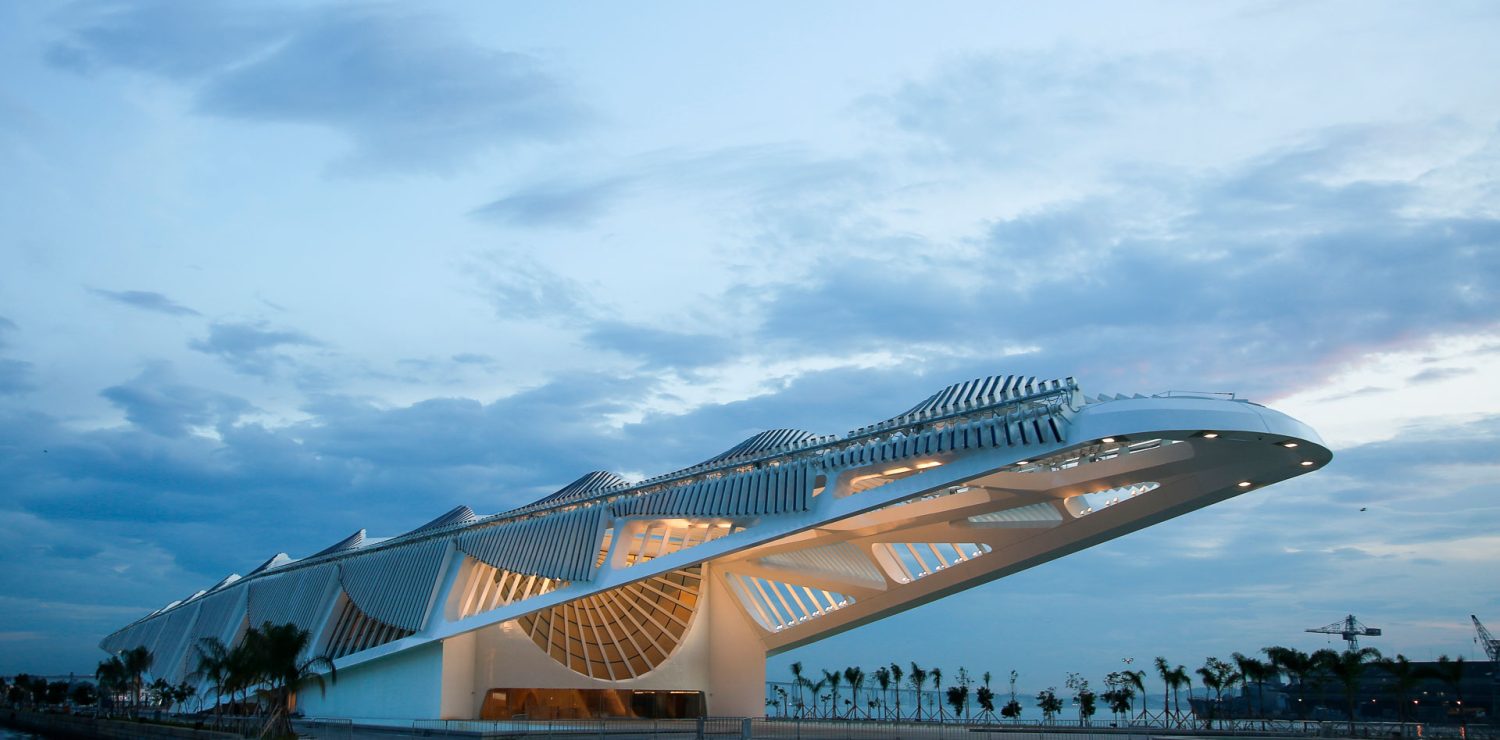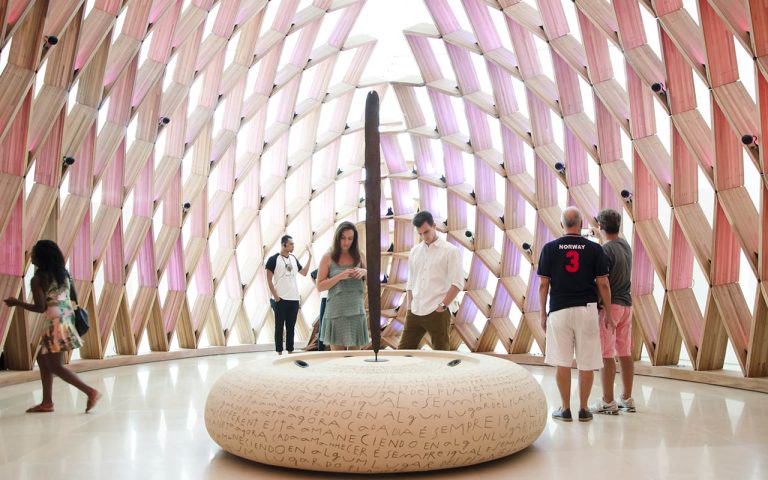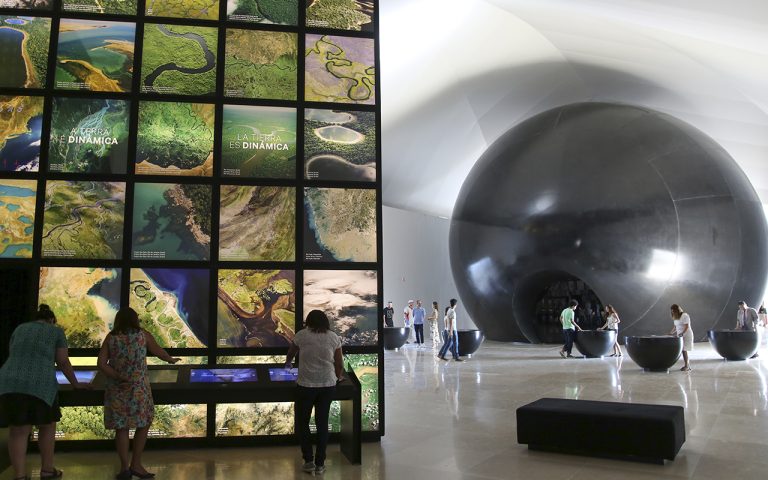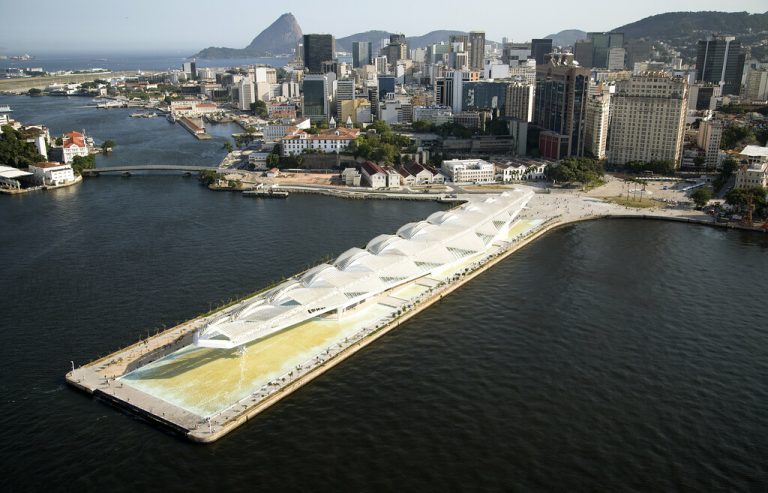Discover the Museum of Tomorrow in Rio de
In the vibrant city of Rio de Janeiro, Brazil, the Museu do Amanhã, or Museum of Tomorrow, poses a thought-provoking question: “How will we live on our planet in 2050?” This innovative museum, located on the picturesque quays of Guanabara Bay, is a testament to Brazil’s forward-thinking vision and commitment to sustainable development.
The Birth of a Visionary Artistic Project
The Museum of Tomorrow was born out of a daring idea: to create a state-of-the-art museum focused on the future and sustainable energies. The momentum from Brazil hosting the 2014 FIFA World Cup and the 2016 Olympic Games fueled the rapid construction of this futuristic landmark. Designed by the renowned Spanish architect Santiago Calatrava Valls, the museum was completed in just three years, opening its doors in December 2015. From its inception, the Museum of Tomorrow aimed to redefine Brazil’s cultural and scientific landscape. It stands proudly in the revitalized Porto Maravilha area, specifically on the Mauá Plaza, an area steeped in historical significance as the former landing point for African slaves centuries ago. Today, this location symbolizes a new beginning, looking forward to a sustainable and inclusive future.
An Architectural Marvel
The Museum of Tomorrow’s design is nothing short of extraordinary. Resembling a colossal, metallic insect, the structure is both futuristic and functional. Its skeletal form and metallic bristles invite visitors to explore the possibilities of a sustainable future. The building itself is a model of ecological innovation. Water from Guanabara Bay is used to power its extensive air conditioning system, and the roof is equipped with thousands of solar panels, articulated like wings, to capture solar energy. These features reflect the museum’s commitment to sustainability. The architecture of the Museum of Tomorrow was envisioned to be a living organism. The dynamic structure, with its ever-changing solar panels and use of natural resources, reflects the constant evolution of our understanding of sustainability and technological advancements. The building’s design also incorporates elements that reduce its overall environmental footprint, making it a beacon of green architecture.
An Ecological and Cultural Hub
Surrounding the museum, visitors will find lush gardens, tranquil ponds, a bike path, and recreational areas, creating a serene environment that complements the museum’s futuristic theme. This setting encourages visitors to reflect on the harmony between urban spaces and nature. The green spaces are not just for aesthetic appeal but serve as a living laboratory where visitors can see sustainable practices in action. Inside, the museum boasts numerous exhibition halls, a 360-degree cinema, and a panoramic restaurant. It was created through international collaborations with prestigious institutions such as the Musée de la Villette in Paris, the Smithsonian Institute, and the California Academy of Sciences. These partnerships enhance the museum’s global perspective and enrich its exhibits. One of the standout features of the Museum of Tomorrow is its commitment to education and interactive learning. The museum offers a range of educational programs aimed at students, professionals, and the general public. These programs are designed to foster a deeper understanding of the challenges and opportunities of the future, encouraging visitors to think critically about their role in shaping a sustainable world.
Interactive Exhibits for a Sustainable Future
The Museum of Tomorrow offers a unique and engaging experience. Its interactive exhibits blend science, art, technology, and culture, prompting visitors to think critically about the future. One of the key themes is sustainability: how can we live harmoniously on a planet with a projected population of 9 billion people by 2050? The exhibits encourage visitors to consider how we can use Earth’s resources responsibly and ensure a sustainable future for generations to come. The museum’s exhibitions are divided into five main areas: Cosmos, Earth, Anthropocene, Tomorrow, and Us. Each area explores different aspects of our planet and its future.
1. **Cosmos**: This section delves into the origins of the universe and our place within it. It explores the fundamental questions of existence and the interconnectedness of all things. Visitors can engage with interactive displays that explain complex scientific concepts in an accessible and engaging way.
2. **Earth**: Focused on the natural world, this section examines the planet’s ecosystems and the delicate balance that sustains life. Exhibits highlight the beauty and diversity of nature while also addressing the environmental challenges we face, such as climate change and biodiversity loss.
3. **Anthropocene**: This area explores the impact of human activity on the planet. It discusses the concept of the Anthropocene, a proposed geological epoch that marks the significant global impact of human activity on Earth’s geology and ecosystems. Interactive displays show how our actions have shaped the world and what we can do to mitigate negative impacts.
4. **Tomorrow**: Looking ahead, this section focuses on the possibilities for the future. It presents innovative solutions and technologies that could help us address some of the most pressing challenges of our time. From renewable energy to sustainable agriculture, the exhibits inspire visitors to think creatively about how we can build a better future.
5. **Us**: The final section brings the focus back to individuals and communities. It emphasizes the role each person plays in shaping the future and encourages visitors to take action in their own lives. Exhibits highlight stories of people and communities making a positive impact and provide practical tips for living more sustainably.
Rio de Janeiro – A Must-Visit Destination
Since its opening, the Museum of Tomorrow has quickly become a must-visit destination for tourists in Rio de Janeiro. Its thought-provoking exhibits and stunning architecture attract visitors from around the world, making it a cultural and educational hub in the heart of the city. The museum’s impact extends beyond its walls. It has become a symbol of Rio de Janeiro’s commitment to sustainability and innovation. The surrounding Porto Maravilha area has also benefited from the museum’s presence, with increased tourism and investment helping to revitalize the neighborhood. The museum has played a key role in transforming the area into a vibrant cultural district.
Practical Information for Visitors
The Museum of Tomorrow is open from Tuesday to Sunday, 10:00 AM to 6:00 PM. This accessibility ensures that everyone has the opportunity to explore its visionary exhibits and reflect on the future of our planet.
**Opening Hours:**- Tuesday– Sunday: 10:00 AM– 6:00 PM
**Tickets:**- Check the museum’s website or ticket office for the latest information on ticket prices and special exhibitions.
In addition to its regular exhibits, the museum hosts a variety of temporary exhibitions, workshops, and events throughout the year. These events cover a wide range of topics related to science, technology, and sustainability, providing visitors with new and exciting ways to engage with the museum’s themes. Check the website for the latest information on exhibitions.
Plan Your Visit
A visit to the Museum of Tomorrow is not just a tour; it’s an exploration of the possibilities for our future. Whether you’re a science enthusiast, a lover of innovative architecture, or simply curious about the future, the Museum of Tomorrow offers something for everyone. Enjoy your visit to this remarkable museum and join the conversation about how we can create a sustainable and prosperous future for our planet. The Museum of Tomorrow is more than just a museum; it’s a call to action, inviting us all to envision and work towards a better world. The Museum of Tomorrow in Rio de Janeiro stands as a beacon of hope and innovation. Its futuristic design and thought-provoking exhibits challenge us to consider the future of our planet and our role in shaping it. As we look towards 2050 and beyond, the museum reminds us that the choices we make today will determine the world we leave for future generations. So, take the time to visit this extraordinary museum, immerse yourself in its visionary exhibits, and be inspired to contribute to a sustainable and vibrant future for all.










